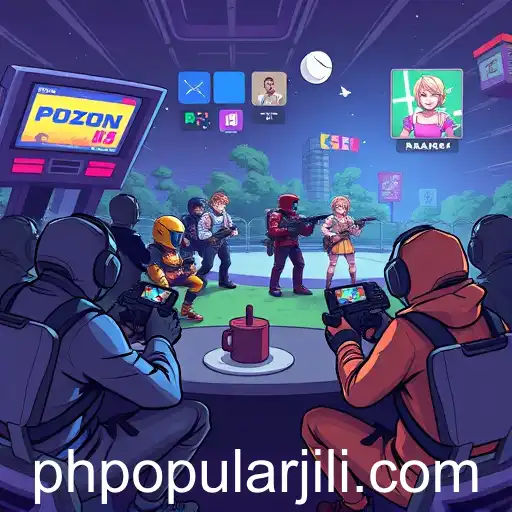
An exploration of how recent advancements and dynamics within the gaming industry are shaping future trends.
The gaming industry has always been at the forefront of technology and entertainment, constantly evolving to deliver new experiences to players worldwide. In recent years, the landscape has seen significant transformations, driven by technological advancements and changing consumer dynamics.
One of the most notable trends in gaming has been the rise of eSports. Once considered a niche market, eSports has exploded into a global phenomenon, capturing the attention of millions. Major tournaments now fill arenas, and players have become celebrities in their own right, attracting sponsorships and media attention on par with traditional sports stars. Platforms like Twitch and YouTube Gaming have played pivotal roles in this rise, providing audiences with unprecedented access to live content and fostering communities around their favorite games.
Alongside eSports, the advent of virtual reality (VR) and augmented reality (AR) has opened new dimensions for gaming. These technologies offer immersive experiences that were once the realm of science fiction. Companies are investing heavily in VR and AR, aiming to create games that transcend traditional screen-based play. While VR headsets and AR apps have led this charge, other innovations in gesture control and haptic feedback promise to further enhance how we interact with virtual worlds.
Another dynamic influencing the gaming sector is the increasing emphasis on cross-platform play, allowing gamers to connect and compete across different devices. This seamless integration breaks down the barriers between PC, console, and mobile gaming, creating a more unified community of players. Such connectivity fosters inclusivity, as people from diverse backgrounds can join together in shared gaming experiences regardless of the hardware they own.
Moreover, the impact of artificial intelligence (AI) in game design cannot be overstated. AI is not only being used to create smarter non-player characters (NPCs) but also to personalize gaming experiences. By analyzing player behavior, AI-driven systems can adjust game difficulty, suggest new content, or even craft unique storylines, making games more engaging and tailored to individual preferences.
At the heart of these innovations is the community itself. Platforms like "phpopular" and other game-centric websites are vital in connecting enthusiasts, providing latest updates, forums for discussion, and a venue for community-driven content and events. As the gaming industry continues to grow, these spaces will remain essential hubs for collaboration, innovation, and cultural exchange.
In conclusion, the gaming industry is in a state of dynamic transformation, propelled by advancements in technology and shifts in social interaction. As we look towards the future, the integration of new technologies, the continued rise of eSports, and the expanding capabilities of AI promise to evolve gaming in ways we've only begun to imagine.




